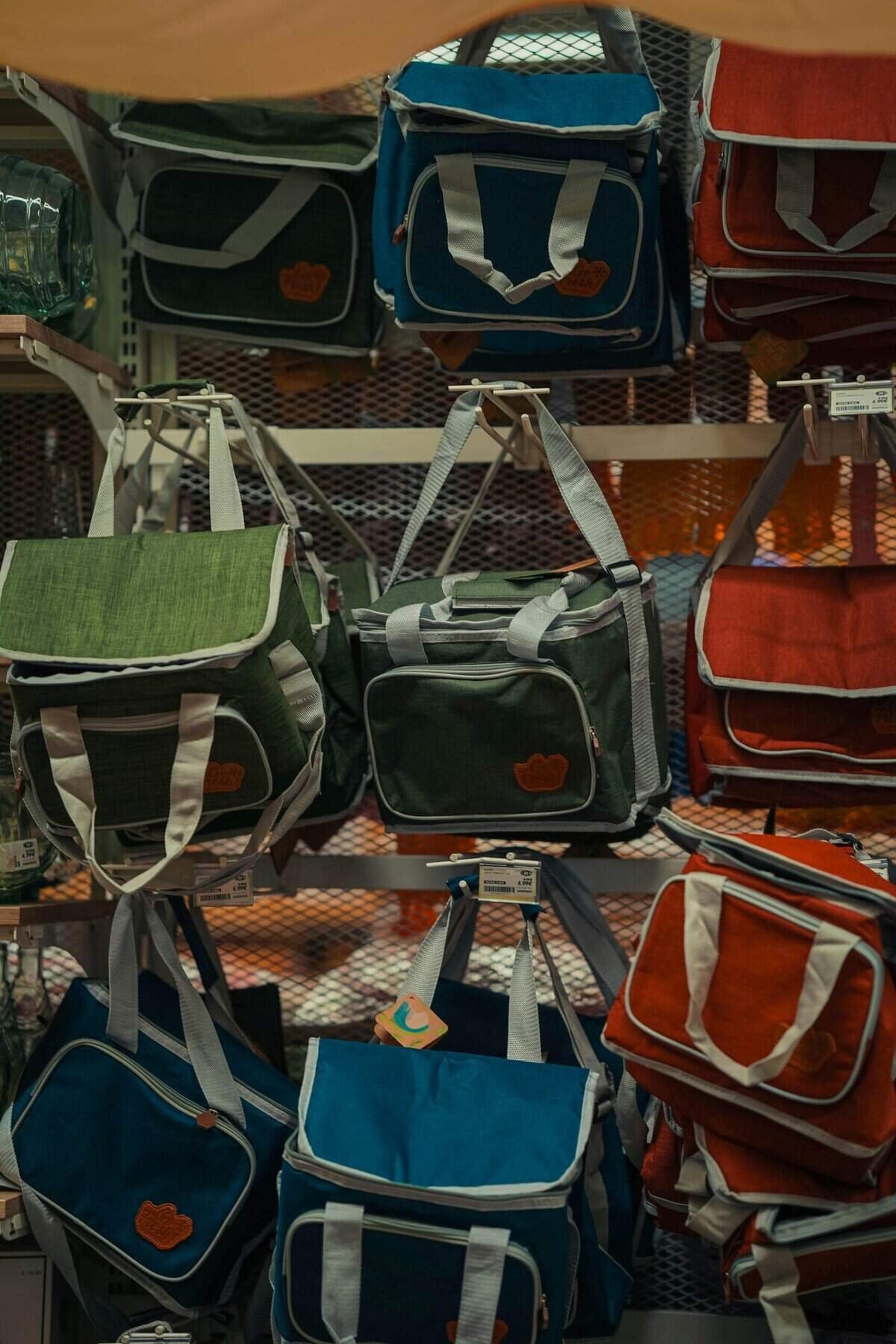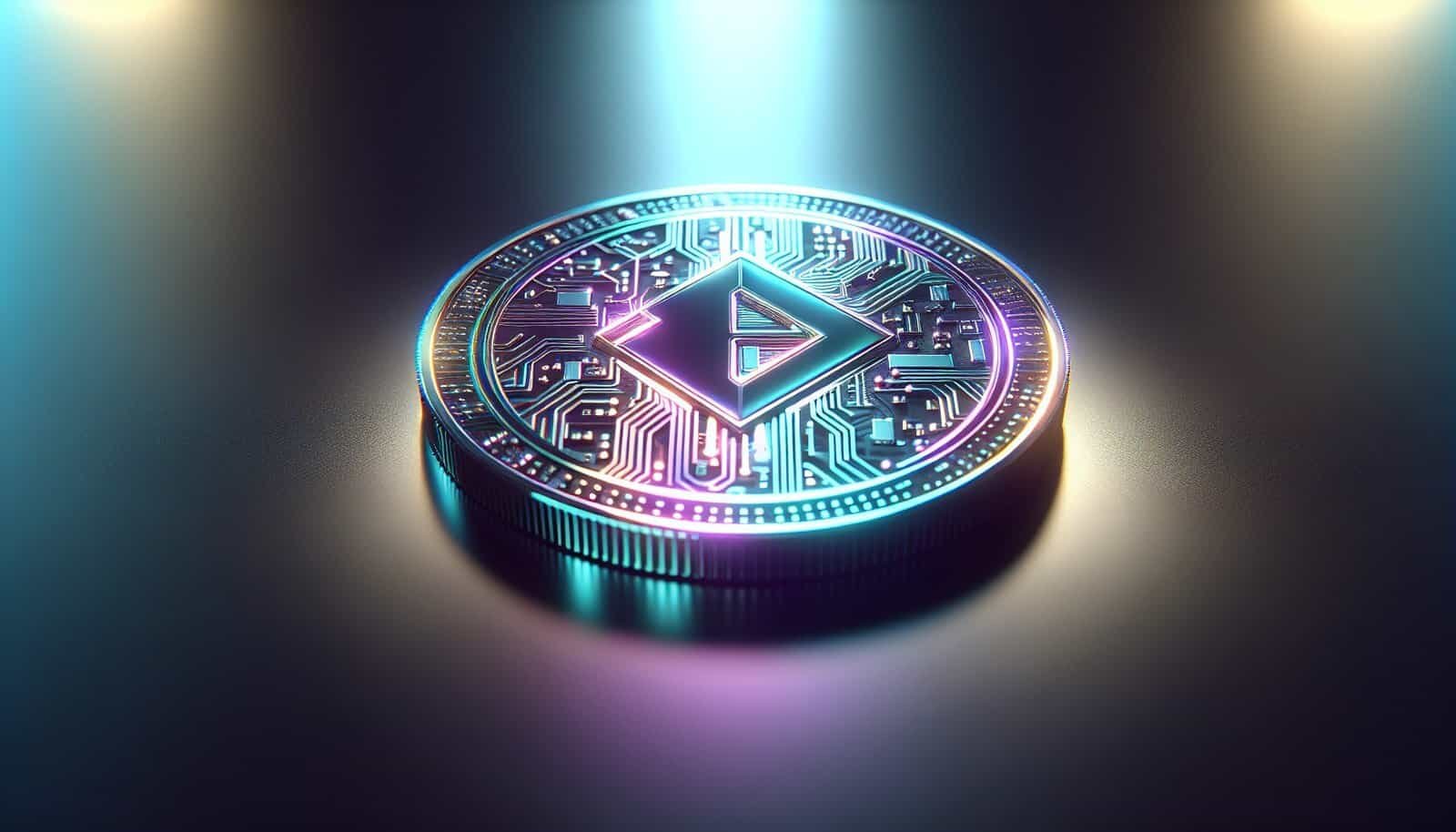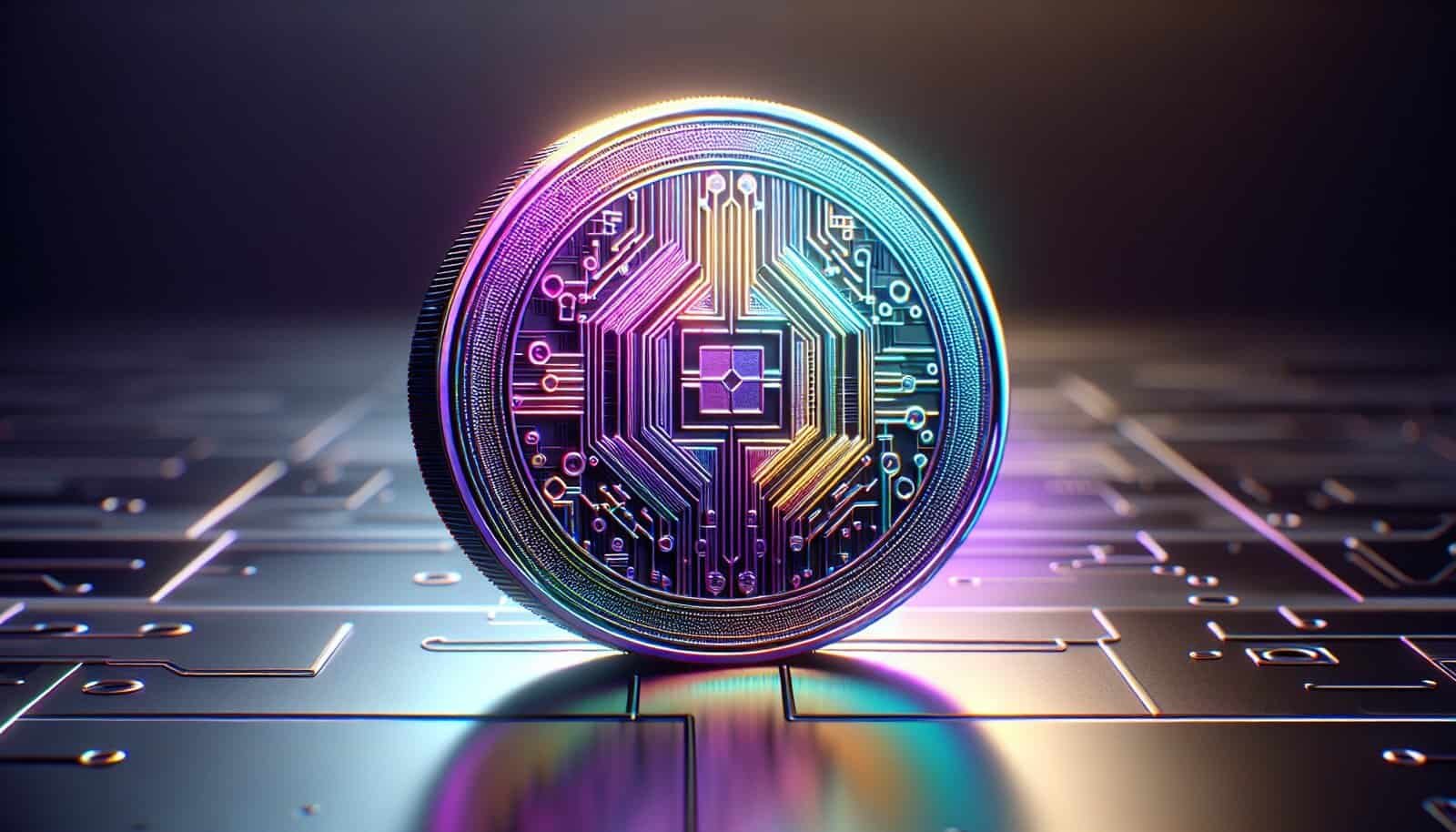? Are you wondering which NFT exchanges are currently trending and how to pick the right one for your trading style?

What Exchanges Are Trending For NFT Trading?
You probably already know that the NFT landscape changes fast, with new marketplaces rising and existing platforms adding features to attract traders and creators. This article walks you through the exchanges that are trending right now, why they matter, how to choose among them, and what risks and opportunities you should watch for when trading NFTs.
Why marketplaces matter for NFT trading
You need a marketplace that matches your goals — whether you want low fees, high liquidity, specialized curation, or specific blockchain support. Marketplaces shape discovery, enforce (or don’t enforce) creator royalties, and determine trading costs and friction. Picking a trending, reputable marketplace can improve your odds of successful trades and safer transactions.
How “trending” is determined for NFT exchanges
You’ll want to understand the signals that show an exchange is trending. Trending usually means increased trading volume, active users, strong community engagement, product innovation, or notable partnerships and integrations. A marketplace may trend because it launched a unique rewards program, added support for multiple blockchains, or introduced user-friendly features like gasless transactions.
Key indicators of a trending marketplace
You should pay attention to these metrics:
- Trading volume and number of transactions — higher numbers indicate liquidity.
- User growth and active wallets — show community adoption.
- New integrations and partnerships — signal expansion and credibility.
- Innovative features — such as gasless minting, layer-2 support, or advanced discovery tools.
- Governance or token incentives — community-driven marketplaces can spike in activity due to token rewards.
Major marketplaces that are trending
Below are marketplaces that have been attracting significant attention. Each section includes brief guidance on what you should expect from that platform.
OpenSea (Ethereum, Polygon, Seaport protocol)
OpenSea remains one of the largest multi-chain NFT marketplaces. You’ll find massive liquidity, a wide range of collections, and many tools for creators and traders. OpenSea’s Seaport protocol aimed to improve flexibility and reduce fees compared to older methods, and the platform supports both Ethereum mainnet and Polygon for lower-cost transactions.
What you should know:
- Strong discovery and large user base.
- Wide variety of assets: art, collectibles, domain names, and gaming items.
- Market leader for general liquidity and accessibility.
Blur (Ethereum-focused, trader-centric)
You’ll see Blur often mentioned when you want a marketplace optimized for active traders. Blur introduced features aimed at professional NFT traders, like portfolio tools, native analytics, and token incentives for market makers. Its rapid growth was driven by reward programs and an emphasis on orderbook-style trading.
What you should know:
- Geared toward active traders and market makers.
- Emphasis on analytics, sniping tools, and rewards.
- Often has lower latency and trader-oriented UX.
LooksRare (Ethereum, reward-based)
LooksRare launched as a community-and-rewards-focused alternative to larger incumbents. If you like community governance and reward tokens for trading, LooksRare is designed to incentivize participation and liquidity through token distributions and reward schemes.
What you should know:
- Prioritizes community incentives and token rewards.
- Encourages trading activity with tokenized incentives.
- Good if you want community governance and rewards.
Magic Eden (Solana initially, now multi-chain including Ethereum)
Magic Eden became a leader on Solana for low-cost, fast NFT transactions and strong gaming and community support. As it expanded to support Ethereum and other chains, it became a go-to for traders who want cross-chain access with a user-friendly interface.
What you should know:
- Strong presence in Solana NFTs and gaming ecosystems.
- Fast, low-fee transactions on supported chains.
- Expanded to add multi-chain functionality for broader access.
Rarible (multi-chain, decentralized governance)
Rarible is known for a decentralized approach and RARI governance token history. You’ll find creator-focused features like on-chain royalties, custom minting tools, and support for multiple chains. Rarible appeals if you want more decentralization and community input.
What you should know:
- Creator-friendly tools and multi-chain support.
- Community governance elements.
- Good for creators seeking flexible minting options.
Foundation and SuperRare (curated, high-end art)
If you prefer curated art and higher-end releases, Foundation and SuperRare are marketplaces you’ll consider. These platforms are more curated, favoring single-edition works or limited drops, often with higher price floors and stronger provenance.
What you should know:
- Curation increases trust and collector interest.
- Better for art-focused collectors and creators seeking prestige.
- Lower liquidity but potentially stronger long-term value for select pieces.
Coinbase NFT (user-friendly, exchange-backed)
Coinbase NFT aimed to leverage Coinbase’s large user base and provide an approachable marketplace for mainstream users. If you prefer tight exchange integration and easier fiat on-ramps, Coinbase NFT offers a familiar onboarding experience for crypto newcomers.
What you should know:
- Easier onboarding for people already using Coinbase.
- Designed to bridge traditional exchange users to NFTs.
- May lag behind others in niche features but strong for mass adoption.
Binance NFT (centralized exchange marketplace)
Binance NFT is a centralized marketplace backed by a major exchange. You’ll benefit from huge user access and fiat/channel integrations, plus periodic exclusive drops from popular IPs. If you prioritize broad reach and fiat purchasing options, Binance’s marketplace is convenient.
What you should know:
- Centralized experience with high user volumes.
- Strong fiat access and large promotional drops.
- Less decentralized than on-chain marketplaces.
X2Y2 and NFTX (alternative marketplaces and marketplaces for minting/indexing)
You’ll find X2Y2 and NFTX serving niche needs. X2Y2 offers a community-oriented marketplace with trading incentives, while NFTX facilitates liquidity and index-style exposure to NFT collections through tokenized vaults.
What you should know:
- X2Y2 focuses on community rewards.
- NFTX is useful if you want fractional exposure or index-style trading.
Immutable X and Game-centric marketplaces
Immutable X is an L2 focused on zero-gas trading for NFTs, with strong ties to gaming ecosystems. If you’re interested in gaming NFTs or want gasless transactions on Ethereum L2, Immutable-powered marketplaces are trending where gaming and NFTs intersect.
What you should know:
- Gasless trading on an Ethereum L2.
- Strong gaming and collectibles focus.
- Good for frequent traders and gamers.
Tezos marketplaces (objkt.com, others)
Tezos-based marketplaces like objkt.com have a strong niche community for low-fee, energy-efficient minting and artist-friendly mechanics. If you value sustainability and community-driven art movements, Tezos marketplaces are worth watching.
What you should know:
- Low minting fees and energy-efficient chain.
- Strong artist communities and unique aesthetics.
- Lower mainstream liquidity but vibrant niche communities.
Quick comparison table: trending marketplaces at a glance
| Marketplace | Main chains | Strengths | Best for |
|---|---|---|---|
| OpenSea | Ethereum, Polygon | Large liquidity, wide variety | General trading, discovery |
| Blur | Ethereum | Trader tools, rewards | Active traders, snipers |
| LooksRare | Ethereum | Community rewards | Community-driven trading |
| Magic Eden | Solana, Ethereum | Low fees, gaming focus | Gaming NFTs, Solana users |
| Rarible | Multi-chain | Decentralized features | Creators, decentralization |
| Foundation | Ethereum | Curated art | High-end art collectors |
| SuperRare | Ethereum | Single-edition art | Exclusive digital art |
| Coinbase NFT | Ethereum | On-ramp simplicity | New users, Coinbase customers |
| Binance NFT | BSC/Ethereum | High user base, fiat | Mass-market drops |
| X2Y2 | Ethereum | Community incentives | Reward-driven traders |
| NFTX | Ethereum, others | Tokenized vaults | Fractional/index exposure |
| Immutable X marketplaces | Ethereum L2 | Gasless transactions | Gaming and frequent traders |
| objkt.com (Tezos) | Tezos | Low fees, artist community | Eco-conscious artists/collectors |

How to choose the right marketplace for your goals
You need to match the marketplace features to what matters most to you. Use the checklist below to guide your decision.
Checklist for picking a marketplace
- Which blockchain do you already use or plan to use? (Ethereum, Solana, Tezos, Polygon, L2s)
- Do you prioritize low transaction fees or maximum liquidity?
- Are royalties and creator protections important to you?
- Do you need fiat on-ramp or exchange integration?
- How important is curation vs. open minting?
- Do you want reward tokens or governance participation?
- What security and reputation do you require?
This helps you narrow options: choose curated marketplaces for serious art, L2s for frequent low-cost trading, and centralized exchange marketplaces if you want fiat convenience.
Fees, royalties, and hidden costs you should watch
You’ll pay attention to:
- Marketplace fees (percent of sale).
- Blockchain gas fees (can be significant on Ethereum mainnet).
- Royalty enforcement — some platforms respect on-chain royalties while others allow opt-outs or enforcement variability.
- Currency conversion and withdrawal fees on centralized platforms.
Step-by-step: how to start trading NFTs on a trending exchange
You’ll find the process similar across marketplaces, but details vary. Here’s a clear guide to get started.
1. Set up a wallet and choose your chain
Pick a compatible wallet (MetaMask for Ethereum-based platforms, Phantom for Solana, Temple for Tezos). Make sure you understand how to secure your seed phrase and private keys. You’ll need crypto for purchases, so choose the blockchain that the marketplace supports.
2. Fund your wallet
Buy or transfer the native token (ETH, SOL, XTZ, MATIC, etc.) to cover minting and transaction fees. If you use a custodial exchange like Coinbase or Binance, check if the marketplace supports direct fiat purchases or exchange integration.
3. Connect to the marketplace
Use the marketplace’s “Connect Wallet” button. Approve only the minimal permissions required, and be cautious when signing transactions. Avoid arbitrary contract approvals.
4. Research the collection and check provenance
Before buying, check the collection’s transaction history, creator wallet, floor price trends, and community verification badges. Use on-chain explorers to validate ownership history and contract authenticity.
5. Consider gas and timing
Gas spikes can make transactions expensive on certain chains. Plan purchases during lower network congestion or use L2 marketplaces for gasless trading.
6. Place a buy or make an offer
You can buy at list price, bid on auctions, or make offers on some platforms. If you plan to flip quickly, check listing tools and portfolio analytics.
7. If selling, list strategically
Set a realistic price and be aware of marketplace fees and royalties. Consider timed auctions or reserve prices for higher-value drops.

Managing risks when trading NFTs
You must be aware of several risks unique to NFTs and marketplaces. Managing these risks will protect your funds and reputation.
Common risks you should consider
- Scams and phishing: fake marketplaces, malicious smart contracts, and impersonation.
- Rug pulls and fake collections: some new collections mint without real utility or drops off value.
- Wash trading: volume manipulation that can obscure real liquidity.
- Smart contract vulnerabilities: buggy contracts can be exploited.
- Royalty and IP disputes: enforcement of creator rights varies by marketplace.
- Volatility and illiquidity: NFT prices can swing wildly and sell orders may take time to fill.
- Tax implications: NFT trading can create taxable events; track transactions carefully.
Best practices for safer trading
- Use verified collections and profiles.
- Check contract addresses on official project channels.
- Use hardware wallets for high-value transactions.
- Limit or revoke blanket approvals for smart contracts; use wallet approval review tools.
- Keep records for tax reporting and portfolio tracking.
- Prefer marketplaces with strong moderation and dispute resolution for high-value art.
Advanced trading techniques and tools
If you want to trade more actively, here are tools and tactics you should know.
Aggregators and analytics tools
You’ll find aggregators that scan multiple marketplaces and show the best price across platforms. Analytics platforms provide floor-price trends, rarity ranks, holder concentration, and liquidity metrics to inform trading decisions.
Sniping, bots, and automation
Active traders often use bots to snipe listings or automate market-making strategies. These tools require technical skill and caution, as they can also amplify losses. Make sure you follow marketplace rules to avoid bans.
Fractionalization and vaults
Fractional NFTs and vaults (like NFTX-style models) allow you to buy tokenized shares of a high-value NFT. This can diversify your exposure and give more liquidity for otherwise illiquid assets.
Staking and yield opportunities
Some ecosystems and projects let you stake NFTs or earn rewards by holding them. If income generation matters to you, this is an emerging area to watch, but it also carries counterparty and protocol risks.

Trends shaping the future of NFT exchanges
You’ll want to stay informed about ongoing innovations that will affect which marketplaces trend.
Layer-2 adoption and gasless trading
To reduce friction, marketplaces are increasingly adopting L2 solutions and gasless minting. This makes frequent trading and smaller purchases economically feasible for you.
Cross-chain marketplaces and bridges
Expect more cross-chain support and interoperability, enabling NFTs to move across ecosystems. That helps you tap into buyers from different chains and leverage liquidity pools.
Enforced royalties and creator protections
Marketplaces and protocols are working on ways to better enforce creator royalties on secondary sales, which can shift where creators prefer to list and where collectors prefer to buy.
Curated vs. open marketplaces
Curated platforms will likely continue to attract art collectors who want provenance and quality, while open marketplaces will host mass minting, collectibles, and utility-based NFTs.
Tokenized ownership and fractionalized assets
Fractional ownership of high-value NFTs could bring institutional-level investment strategies into the space, increasing overall market complexity and demand for regulated trading venues.
How royalties and creator rights vary across trending exchanges
You should know that royalty enforcement differs. Some platforms honor on-chain royalty standards and enforce creator payouts explicitly, while others may allow opt-outs or rely on marketplace policy rather than on-chain enforcement. Before you buy, confirm whether resale royalties will continue to benefit the creator, especially if that matters to your ethos or long-term value expectations.

Case examples: what makes a marketplace trend quickly
You’ll notice marketplaces can trend quickly from:
- Introducing compelling token incentives that reward trading and liquidity provision.
- Launching on a chain with lower fees and attracting gaming ecosystems.
- Sponsoring exclusive drops with popular IP or celebrities.
- Integrating powerful analytics and trader tools that professionalize the market.
These catalysts drive user growth and attract both speculators and collectors.
Practical tips for enhancing your trading success
Here are specific actions you can take to improve outcomes:
- Track floor price dynamics and liquidity before buying; avoid chasing hype without data.
- Set limits for purchase sizes relative to your portfolio risk tolerance.
- Diversify across collections and chains to reduce exposure to single-market volatility.
- Use watchlists and alerts for desired drops and price movements.
- Participate in communities to learn about upcoming releases but verify information independently.
Legal, tax, and compliance considerations you should know
NFT trading often creates taxable events in many jurisdictions. You’ll want to:
- Keep meticulous records of purchases, sales, and gas fees.
- Understand how your local tax authority treats digital asset gains and income.
- Be cautious about cross-border sales and KYC requirements on centralized platforms.
If you deal in high volumes or high value, consult a tax professional familiar with digital assets.
Summary: choosing where to trade NFTs
You can choose a marketplace based on:
- Your preferred chain and fees.
- Desired liquidity and audience.
- Need for curation or openness.
- Importance of royalties and community governance.
- Desire for fiat integrations or advanced trader tools.
Trending marketplaces include large multi-chain hubs for liquidity (OpenSea), trader-oriented platforms (Blur, LooksRare), low-fee chain leaders (Magic Eden on Solana), curated art platforms (Foundation, SuperRare), exchange-backed options (Coinbase NFT, Binance NFT), and specialized L2 or community-driven options (Immutable X, X2Y2, NFTX). Your best pick depends on what you intend to buy or sell, how often you trade, and how much risk you can tolerate.
Quick reference: marketplace decision table
| Your priority | Marketplace type to consider | Why it fits |
|---|---|---|
| Low fees / frequent trading | L2 marketplaces (Immutable X), Solana marketplaces (Magic Eden) | Lower transaction costs enable active trading |
| High liquidity / discovery | OpenSea | Broad audience and many listings |
| Trader tools & rewards | Blur, LooksRare, X2Y2 | Token incentives and analytics |
| Curated art & provenance | Foundation, SuperRare | Strong curation and collector focus |
| Fiat on-ramp & mainstream users | Coinbase NFT, Binance NFT | Exchange-backed onboarding and fiat options |
| Fractional exposure | NFTX | Tokenized vaults and liquidity pools |
| Eco-conscious creation | Tezos marketplaces (objkt.com) | Low-energy chains and artist-friendly fees |
Final checklist before you trade
- Verify the marketplace and contract address.
- Confirm wallet security and backups.
- Review fees, royalties, and gas.
- Check collection authenticity and holder concentration.
- Use analytics to assess floor trends and liquidity.
- Keep records for tax and accounting.
If you follow this guidance, you’ll be better positioned to trade on the trending exchanges that fit your needs while managing the risks intrinsic to NFT markets.
